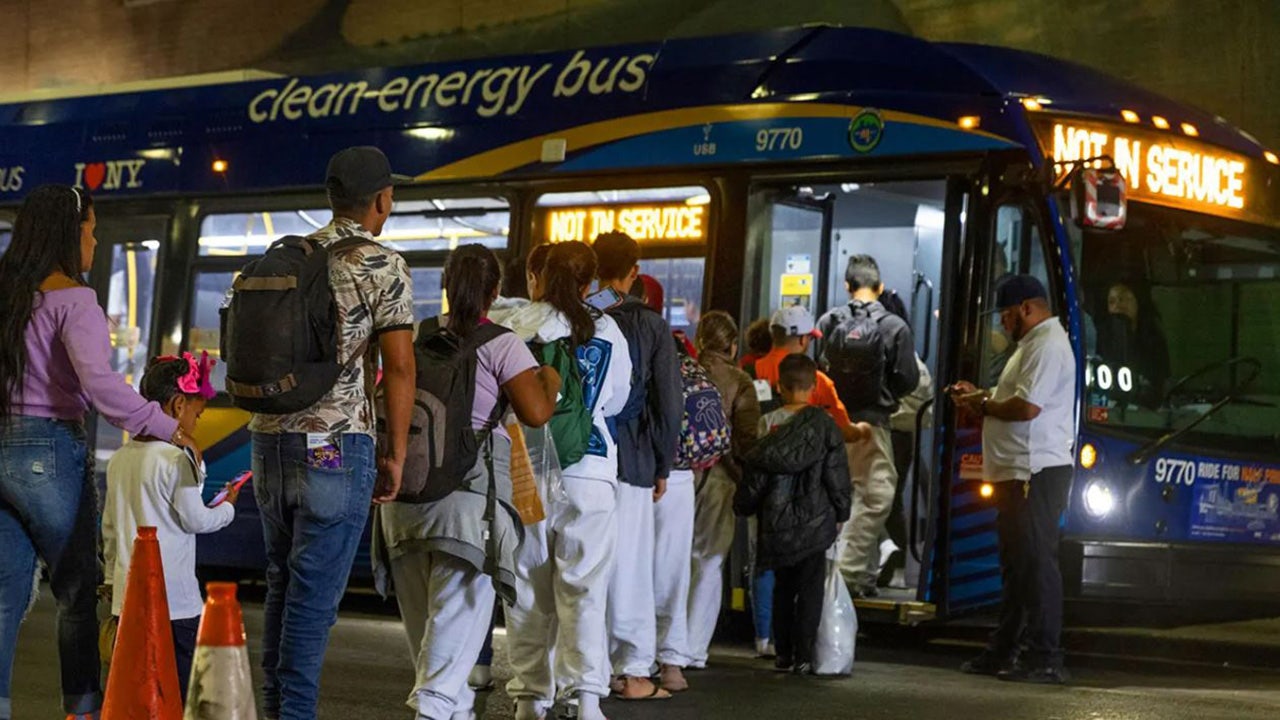Southern California’s bosses added 80,700 workers in the past year to a record 8.06 million jobs – but that hiring pace is roughly half of the pre-pandemic job market’s gains.
My trusty spreadsheet – filled with state job figures for Los Angeles, Orange, Riverside, and San Bernardino counties – compared employment changes for the region and 15 industries in the year ended in October with the average yearly hiring pace before coronavirus upended the economy.
Yes, there have never been more Southern Californians employed. However, the recent hirings that created the all-time high staffing are far below the average job creation of 159,600 a year in 2015-19.
This is one of many signals of cooler business trends. It’s a chill significantly tied to the Federal Reserve’s attempts to slow what was once an overheated economy.
But Southern California bosses have another challenge – a shortage of workers. The region’s workforce, a measure of labor supply, is basically flat comparing 2024 to 2015-19. Fewer choices of workers have added difficulty for local businesses trying to meet their staffing needs.
Think of that when you learn that among the 15 Southern California business sectors tracked – hiring in 10 industries is below pre-pandemic years compared with five industries with improvements.
The downs
First, contemplate the 10 industries where the hiring pace has weakened, ranked by the size of the decline …
Professional-business services: 1.14 million workers in October – down 4,600 in a year vs. 24,100 annual gains in 2015-19. This net downturn of 28,700 jobs is unnerving because this white-collar work typically pays above-average salaries.
Construction: 378,700 workers – down 3,100 in a year vs. 16,200 annual gains in 2015-19. A building slowdown due to lofty mortgage rates created this 19,300 reversal.
Logistics-utilities: 820,800 workers – up 6,800 in a year vs. 25,800 annual gains in 2015-19. What’s at least a temporary oversupply of warehouses in the region may be behind this 19,000 slowdown.
Manufacturing: 558,400 workers – down 15,300 in a year vs. 4,100 annual cuts in 2015-19. This 11,200 drop is continued losses of local factory work tied to high cost of doing business in the region.
Fast-food restaurants: 359,400 workers – up 3,400 in a year vs. 12,400 annual gains in 2015-19. Weaker consumer spending and a hike in the industry’s minimum wage contribute to this 9,000 drop.
Hotels/entertainment/recreation: 268,300 workers – up 3,400 in a year vs. 9,600 annual gains in 2015-19. This 6,200 cooling reflects worker shortages.
Full-service eateries/food service: 339,100 workers – up 1,600 in a year vs. 6,600 annual gains in 2015-19. Inflation making shoppers pickier is part of this 5,000 cooling.
Information: 214,200 workers – down 100 in a year vs. 3,700 annual gains in 2015-19. Weakness in tech businesses and Hollywood productions created the 3,800 net downturn.
Personal services: 266,600 workers – up 500 in a year vs. 3,200 annual gains in 2015-19. Again, it is hard to find people to do this work. Thus, a 2,700 cooling.
Government: 1.03 million workers – up 11,600 in a year vs. 12,500 annual gains in 2015-19. This 900 dip is status quo.
The ups
Ponder the five industries where the hiring pace rose in the past year, ranked by the size of the gains …
Social assistance: 512,300 workers – up 28,200 in a year vs. 18,300 annual gains in 2015-19. The 9,900 addition comes as more folks need help at home for healthcare and child care.
Healthcare: 836,700 workers – up 30,100 in a year vs. 20,900 annual gains in 2015-19. The 9,200 growth parallels the region’s aging population and its need for medical services.
Retailing: 748,300 workers – up 8,300 in a year vs. 300 annual cuts in 2015-19. This somewhat surprising 8,600 improvement may be consumers tiring of online commerce and wanting to get out to shop.
Financial: 364,100 workers – up 4,400 in a year vs. 3,900 annual gains in 2015-19. The minor 500 improvement is a return to normalcy. Super-heated hiring came in the pandemic days thanks to a brief drop in mortgage rates to historic lows.
Private education: 215,700 workers – up 5,500 in a year vs. 5,100 annual gains in 2015-19. This 400 uptick reflects the growing interest in alternatives to public schooling.
Bottom line
While it’s rare for all industries to be growing at the same time – minus, say, just after an economic downturn – this 2024 edition of the winners vs. losers list raises an important issue.
It appears much of the past year’s job creation is coming from industries that historically pay meager wages. That’s an especially worrisome trend in high-cost Southern California.
Jonathan Lansner is the business columnist for the Southern California News Group. He can be reached at jlansner@scng.com





























